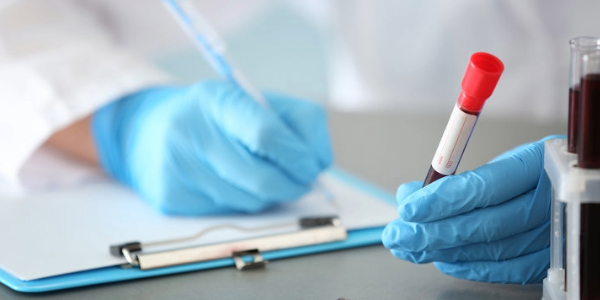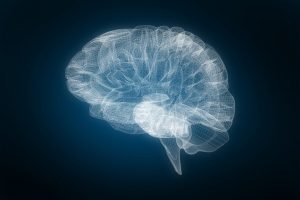According to a new study, a simple blood test could help people with a certain sleep disorder predict the development of dementia years before symptoms appear.
Idiopathic REM Sleep Behavior Disorder (iRBD) and Dementia
Idiopathic REM sleep behavior disorder (iRBD) causes people to act out their dreams physically while they are sleeping. It leads to movements, sometimes complex ones, during a specific phase of sleep called REM sleep. These movements can endanger the person themselves or others.
The disorder is also associated with a very high risk of Parkinson’s disease and an associated condition called Lewy body dementia. This is a form of dementia that often causes memory and cognitive loss, as well as vivid visual hallucinations and movement difficulties similar to Parkinson’s.
Researchers at McGill University have found that a blood test originally developed to detect Alzheimer’s disease could also identify which patients with the sleep disorder iRBD are most likely to develop Lewy body dementia. The blood test analyzes two proteins in the blood that serve as biomarkers for Alzheimer’s. “Early identification of dementia risk could have a significant impact on how doctors guide their patients, help them plan for the future, and potentially enable more personalized and effective treatments,” said Dr. Ronald Postuma, a professor in the McGill Department of Neurology and a clinical researcher at the Montreal Neurological Institute-Hospital. The researchers followed 150 patients with iRBD, tested their blood for the biomarkers and monitored their health annually. Remarkably, in almost 90 percent of the patients who later developed the disease, the blood test conducted four years earlier predicted dementia.
Finding Links Between Brain Diseases
This study, published in the journal Brain, also suggests that the early stages of Parkinson’s and Alzheimer’s have more in common than previously thought. “Our results suggest that Alzheimer’s treatments could also be tested in patients with this sleep disorder. If treatment is started early enough, it may be possible to prevent dementia with Lewy bodies,” said first author Dr. Aline Delva, who was a research fellow at The Neuro during the study. The research team plans to expand the study to confirm how well the test can predict dementia risk in patients with diagnosed Parkinson’s disease, as well as in other populations at risk for Lewy-related dementia.
Indicator of Early Parkinson’s in Stool Sample
A condition known as REM sleep behavior disorder is also a precursor to Parkinson’s disease. A research team led by Professor Dr. Erdem Gültekin Tamgüney of Heinrich Heine University Düsseldorf (HHU) has demonstrated that higher concentrations of α-synuclein aggregates can be detected in the stool samples of those affected.
There are two forms of Parkinson’s disease (PD). In 70% of cases, it originates in the central nervous system. However, in about 30% of cases, it originates in the nervous system of the intestine (“enteric nervous system”). The latter form is referred to as “body-first Parkinson’s disease” (abbreviated: body-first PD) and the characteristic aggregates of the body’s own α-synuclein protein form in the neurons in the intestine.
The research team used a new surface-based fluorescence intensity distribution analysis (sFIDA) to detect and quantify individual particles of α-synuclein aggregates. The results showed significantly higher levels of α-synuclein aggregates in iRBD patients compared to healthy individuals or patients with Parkinson’s disease. These findings could lead to a non-invasive diagnostic tool for prodromal synucleinopathies – including Parkinson’s – which in turn could make it possible to initiate therapies at an early stage, before symptoms appear. However, further research is needed before the procedure can be introduced into clinical practice, for example, research into why the level is lower in Parkinson’s patients.







